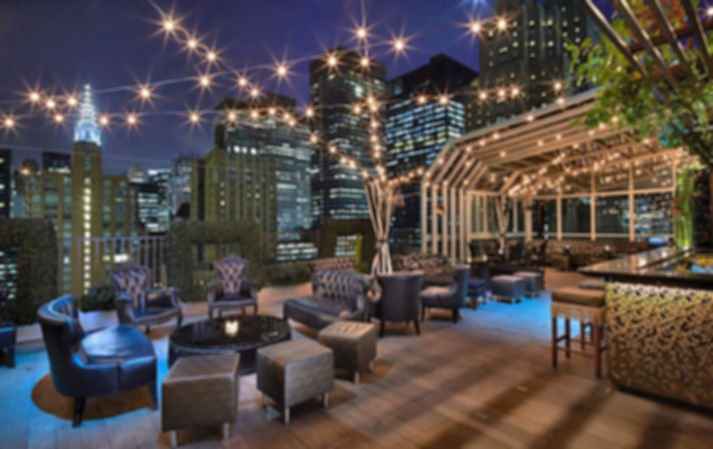"Light creates ambience and feel of a place, as well as the expression of a structure." - Le Corbusier
From the pioneer incandescent bulbs to modern LED lamps, architects now revel in the wide selection to choose from for their projects.
Join us as we compare the four most common types of lamps and discuss their best uses.














nice
I think led lamps are very useful
Great article! China is sitting on most of the world's Tungsten, used in old light bulbs, armor-piercing rounds & bullet proof vests. War was considered more important than comfortable lighting, this is the real reason for incandescent's demise. LED sure didn't fight its way to the forefront on merit. Look it up.